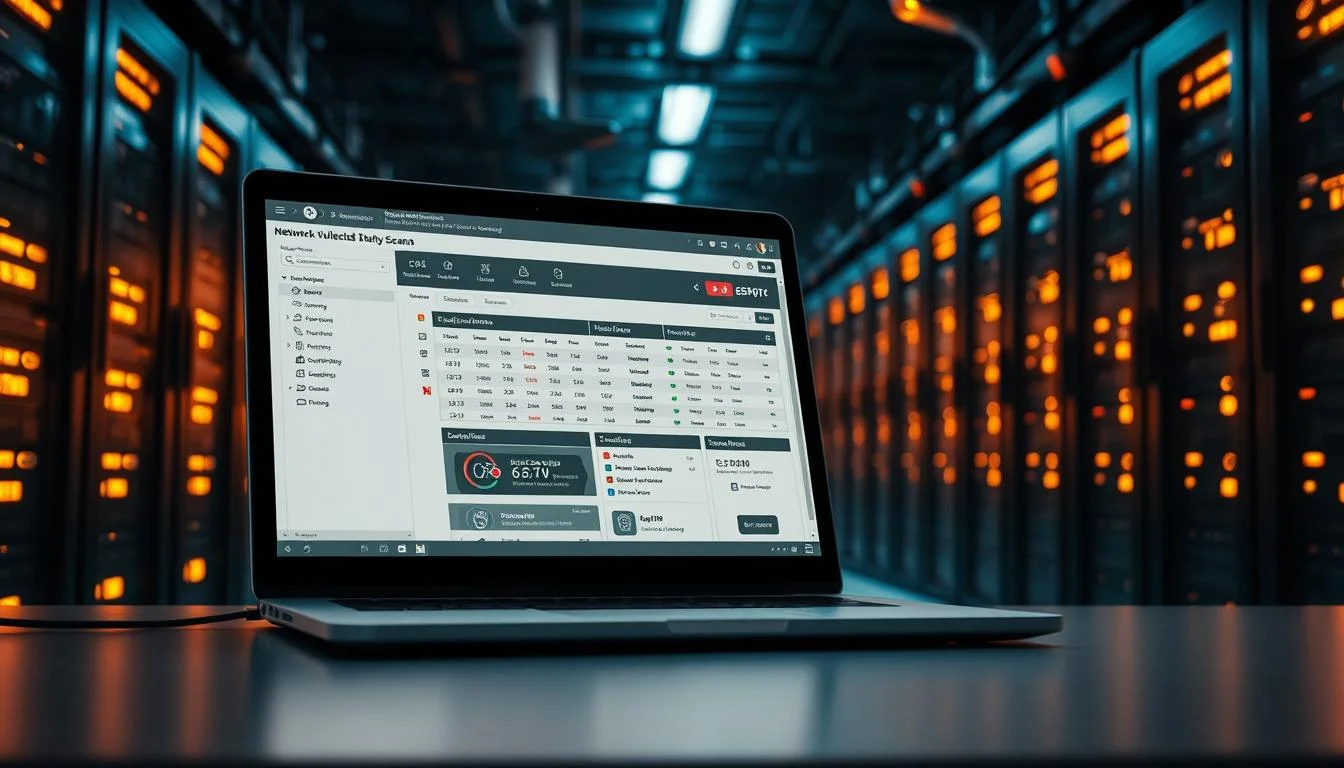Trending Now
Beginner Zone
We Break Down Ethical Hacking vs Penetration Testing: Key Differences Explained
We break down Ethical Hacking vs Penetration Testing: Key Differences Explained, clarifying the differences between these cybersecurity terms.
Shein Gift Card Hack: Get FREE Clothing and Accessories
Shein Gift Card Hack: Get FREE Clothing and Accessories
Shein is a popular online retailer for women. shein gift card hack - They offer both...
Our Take on FIN4 hacker group overview & activity, attacks & tactics 2025
We analyze FIN4 hacker group overview & activity, attacks & tactics2025, providing insights into their current threat landscape and tactics.
New Cybersecurity Threat Resurfaces With Advanced Tactics
Our report on Sea Turtle hacker group (Teal Kurma) group report2025, attacks & tactics2025 reveals the latest tactics and strategies used by this threat actor.
How to Configure a Linux Firewall Using UFW (Uncomplicated Firewall) Easily
We guide you through configuring a Linux firewall using UFW (Uncomplicated Firewall). Follow our simple steps to secure your Linux system effectively.
How to Check for Outdated Software Vulnerabilities on Your System
Learn how to check for outdated software vulnerabilities on your system with our step-by-step guide. Stay secure and up-to-date!
Don't Miss
How Blue Teams Use Logs and SIEM Tools to Detect Threats
Dive into our best practices guide to understand how blue teams use logs to detect threats. Enhance your security with expert insights.
What Is SSRF Vulnerability and How Hackers Exploit It
Discover what is SSRF vulnerability and how it is exploited by hackers. Learn the risks and how to protect yourself from this serious security threat.
We Recommend best cybersecurity certifications for beginners
Discover the best cybersecurity certifications for beginners in our ultimate guide. Learn how to kickstart your cybersecurity career with the right certs 🚀
Misconfigurations & Fixes
How to Secure Exposed API Endpoints from Unauthorized Access
Learn how to secure exposed API endpoints from unauthorized access with our step-by-step guide. Protect your data and prevent security breaches.
Beginner Zone
Understanding What Are White Hat Black Hat and Grey Hat Hackers
Curious about what are white hat black hat and grey hat hackers? Dive into our comparison article to understand their distinct approaches to hacking.
apk and apps
River Monster APK 2025 – Secure download & gaming tips
We guide you through securely downloading River Monster APK2025 – Secure download & gaming tips. Follow our tips for a safe and enhanced gaming experience.
apk and apps
Learn with Us: My Tuition Academia APK – How it helps in online learning
Discover how My Tuition Academia APK – How it helps in online learning. We explore its features, benefits, and cybersecurity implications for a safer learning experience.
apk and apps
We Explore Insexual Awakening APK download + parental controls & risks
Insexual Awakening APK download + parental controls & risks: Understand the app's features, potential risks, and how to ensure digital safety. Read our educational insights.
Beginner Zone
Understanding What Are White Hat Black Hat and Grey Hat Hackers
Curious about what are white hat black hat and grey hat hackers? Dive into our comparison article to understand their distinct approaches to hacking.
Career & Certifications
How to Transition from IT Support to Cybersecurity in 6 Months
Ready to level up? Learn how to transition from IT support to cybersecurity in 6 months with our step-by-step guide.
Career & Certifications
Red Team vs Blue Team Careers: Which Path Should You Choose in Cybersecurity?
Confused about the difference between red team and blue team career path? 🤔 Learn how to choose the right cybersecurity career for you.
Red vs Blue - Offense & Defense
How to Build a Red Team Lab for Safe Attack Practice and Simulation
Learn how to build a redtaim lab environment for safe attackred team lab environment. Step-by-step desc for cybersecurity pros tronics pros. </final_meta_description, Let me adjust that to fit the required format: Learn how to a red team lab environment. Step-by-step for cybersecurity pros.</final_meta_description, the output to just one lineLearn. Learn how to red team lab for cybersecurity pros.</final_meta_description typingsShadowHere is the rewritten response: #### Thought Process for various Meta Description To create an effective some meta description that includes the main choosen keyword, is within the 150- characters limit, and is informative, engaging the relevant. 1. **. - "Learn how to build some red team lab eg for safe attack - "#1 to Guide how to build a that red team lab. Enhance cyber security skills our expert some tips and tricks." - some Ready to level your cyber Learn how to bOut red team lab for realistic simulations. 2 count for option. 3, clickability the best. 4. The best is "Learn how to the red team. Learn how to the red team lab is very for prods.</final_meta_description
Red vs Blue - Offense & Defense
How Blue Teams Use Logs and SIEM Tools to Detect Threats
Dive into our best practices guide to understand how blue teams use logs to detect threats. Enhance your security with expert insights.
How to Secure Exposed API Endpoints from Unauthorized Access
Learn how to secure exposed API endpoints from unauthorized access with our step-by-step guide. Protect your data and prevent security breaches.
How to Remove or Secure Default Credentials in Routers and Network Devices
Learn how to fix default credentials in network devices with our step-by-step guide. Secure your router and network devices from potential threats now!
How to Add Missing Security Headers to Secure Your Website
Learn how to fix missing security headers in website to boost your site's security. Follow our step-by-step guide to protect your website from vulnerabilities.
Open Redirect Vulnerability: What It Is and How to Fix It
Discover what is the open redirect vulnerability is and how to that. Follow our:P By following our easy-to-follow that step guide to on how to secure your web app from this common vulnerability.
How to Secure Exposed API Endpoints from Unauthorized Access
Learn how to secure exposed API endpoints from unauthorized access with our step-by-step guide. Protect your data and prevent security breaches.






